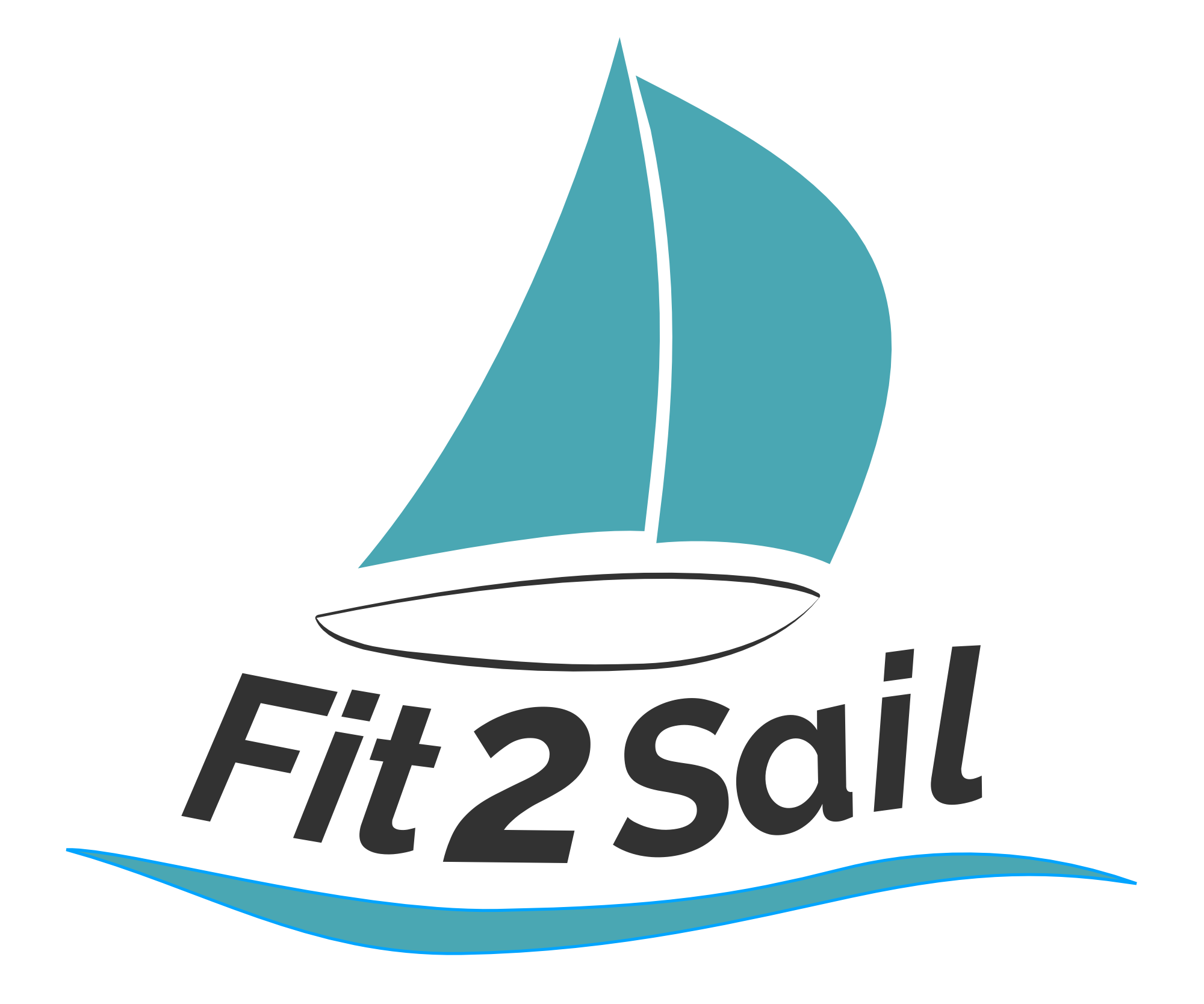Snubber Smarts (an anchoring post)
Calypso’s main anchor gear consists of a 45 pound Mantus anchor, 200 feet of 5/16 inch chain, an electric Maxwell Vetus windlass - and a 35’ length of nylon snubber line with a chain hook on one end. We love anchoring with all chain. And we ALWAYS use the snubber.
Chain is great for helping keep the anchor down. The weight of it means the angle of pull remains small, and you can put out less scope than if you were using mostly line - very useful in a crowded anchorage where you don’t have endless swing room. Chain won’t chafe through if there are rocks or even coarse sand on the bottom. Even with our secondary anchor, where we’re trying to save space and weight, we start with 75 feet of chain before transitioning to the nylon rode that makes up the rest of the gear. Chain just is our rode of choice.
But one drawback with chain is that it’s inflexible. Anchoring a boat isn’t a stable proposition. Between wind gusts and wave action, there’s a lot of movement and shock loading. Once you’ve straightened out any sags in the chain, there is no more give to the chain - and you’ll feel the jerk and shock on board with every single wave or gust. This isn’t good for the windlass and isn’t good for the boat, let alone what the sound does to your nerves.
To counteract this jerk shock loading, we use a snubber. This is a length of nylon line that is attached to the chain (we use a simple hook). Nylon is preferred because it’s good and stretchy, and pretty durable; we check it every time we deploy it, though, looking for chafe. We feed out more chain in parallel with the line, then tie off the line on the sampson posts when we’re happy with the amount (in a very wave-prone anchorage, it’s longer than in a calm spot). And then we let out chain so it sags in a loop. A big loop. Wonder if the loop is long enough? Watch the nylon as the boat responds to the wave action - if the chain goes straight, you need to let out more chain so it remains looped. You want the nylon line, not the chain, to absorb any shock.
The difference in sound (and feel) below is incredible. No snubber? You’re dealing with a clanking and hard stop of a chain pulling up short, which makes the boat jerk to a stop with an uncomfortable sound. Adding a short length of line changes the sound to one of line stretching, and no hard jerk stop but rather a gradual shift that’s almost imperceptible.
Our anchoring technique has served us well over the years, even as we’ve upgraded the anchor and the windlass. The basic routine is the same. I’m on the bow while Jeremy is at the helm. We identify the general depth we’re shooting for, first using the chart as the guide and then our actual anchoring position. I’ll call back what the bottom looks like (we look for sand ideally). Once the boat is stopped, the anchor is paid out at a steady rate to a 5:1 scope before we straighten out the boat and back down with the engine, making sure we’re not dragging. If we’ve anchored under sail, we backwind the main to achieve the backing down. Once we’re happy with the set, we hook the snubber to the chain and pay that out. We tend to stay on board (or at least near the boat, snorkeling around) for at least a couple of hours to make sure we’re in good shape.
Our preferred way to anchor is with all chain - as long as we’ve got a good snubber to provide the stretch we need!


